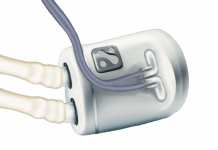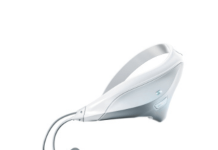Spineart has successfully completed patient enrollment in its pivotal US investigational device exemption (IDE) trial for the BAGUERA C cervical disc prosthesis.
The BAGUERA C is an investigational device designed to preserve or restore motion and disc height in the cervical region after single-level or two-level discectomy for symptomatic cervical disc disease.
Related: MediView AR system demonstrates accuracy through clinical trial
It is intended to maintain the natural behaviour of a functional spinal unit.
The trial is a multi-centre, prospective, randomised controlled study that has engaged more than 300 patients across 25 US sites.
The primary endpoint of the trial is the clinical success rate of BAGUERAC in two contiguous levels, from C3 to C7, compared with a two-level cervical disc replacement with a disc replacement implant that is commercially available.
Spineart announced the completion of a similar enrollment for a one-level IDE trial in late February 2024.
In the US, the BAGUERA C prosthesis is under assessment through two separate IDE trials for single and two-level cervical disc diseases.
Spineart CEO Jerome Trividic said: “The enrollment completion of our two-level BAGUERA C IDE study marks a significant milestone in Spineart’s ambition to emerge as a global leader in spine arthroplasty.
“Coupled with the ongoing one-level BAGUERA C IDE study, Spineart is spearheading the gathering of crucial long-term clinical evidence from nearly 600 artificial disc recipients across the United States.
“This unprecedented achievement underscores our commitment to advancing the adoption of cutting-edge technologies in spinal surgery. We eagerly anticipate bringing these two studies to fruition.”
Since 2008, the BAGUERA C prosthesis device has been available in select European and other global markets. Early long-term data suggests significant improvements in pain and function for patients post-treatment.
Carolina Neurosurgery & Spine Associates neurosurgeon Domagoj Coric said: “The outcomes from this study will further build the Level I evidence supporting the safety and effectiveness of cervical disc arthroplasty with its head-to-head comparison against another cervical implant with similar design features.”






